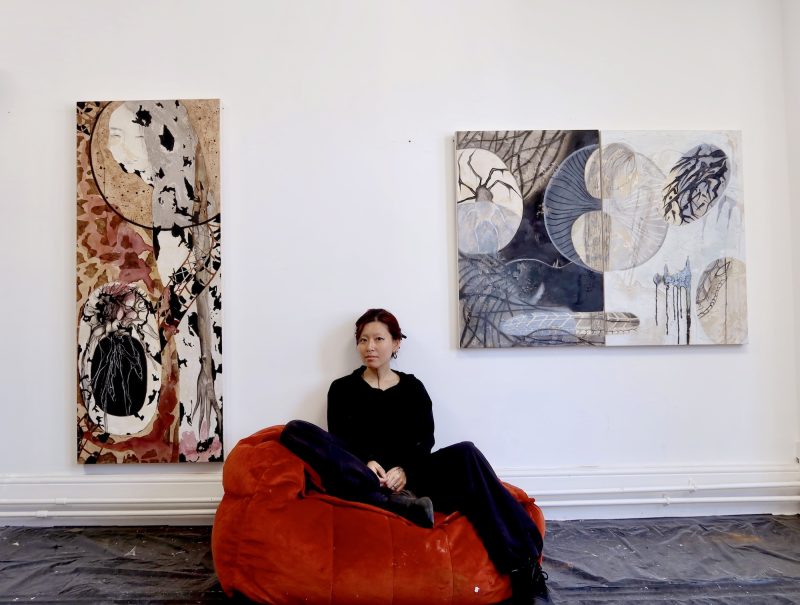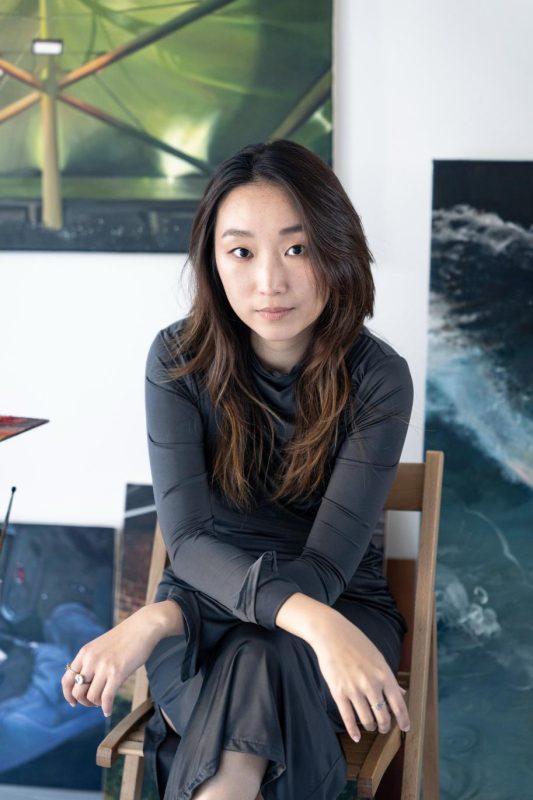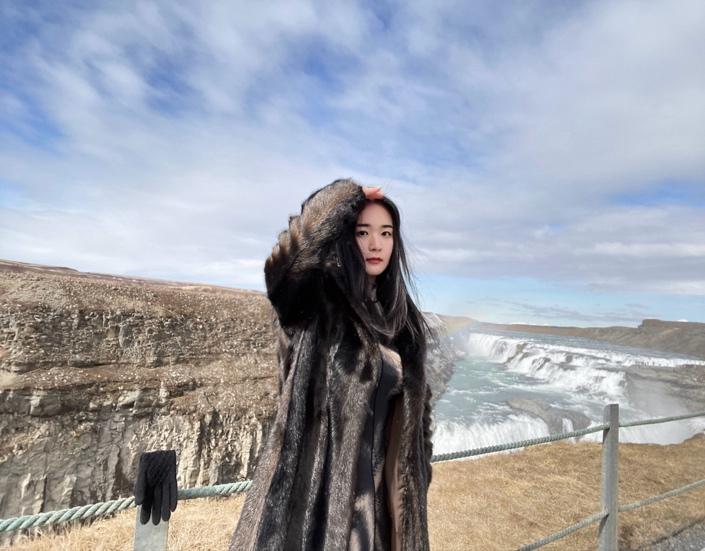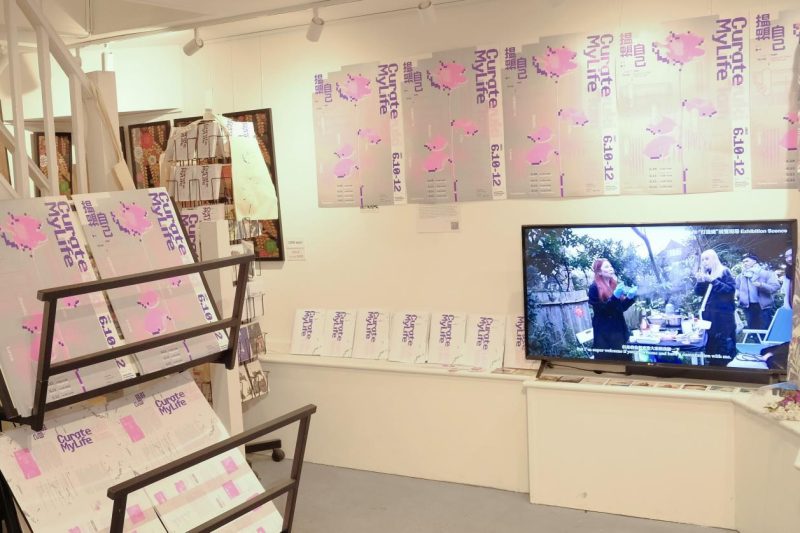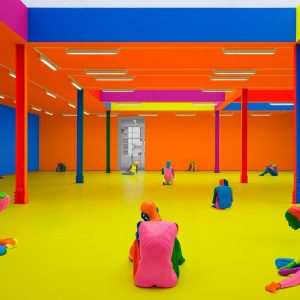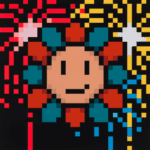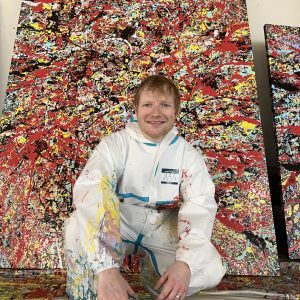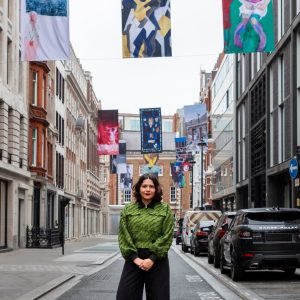We often discuss artwork in terms of craftsmanship, thoroughness, and the clarity of its messages. However, Chaoming Zheng’s art challenges those conventions. Chinese-born multidisciplinary artist Chaoming Zheng lives and works in Shanghai and London. Her rich foundation influences her broad range of artistic expression in English literature. Her work embraces prints, paintings, sculptures, moving images, and installations, all infused with unique symbolism and disturbing yet nostalgic themes.
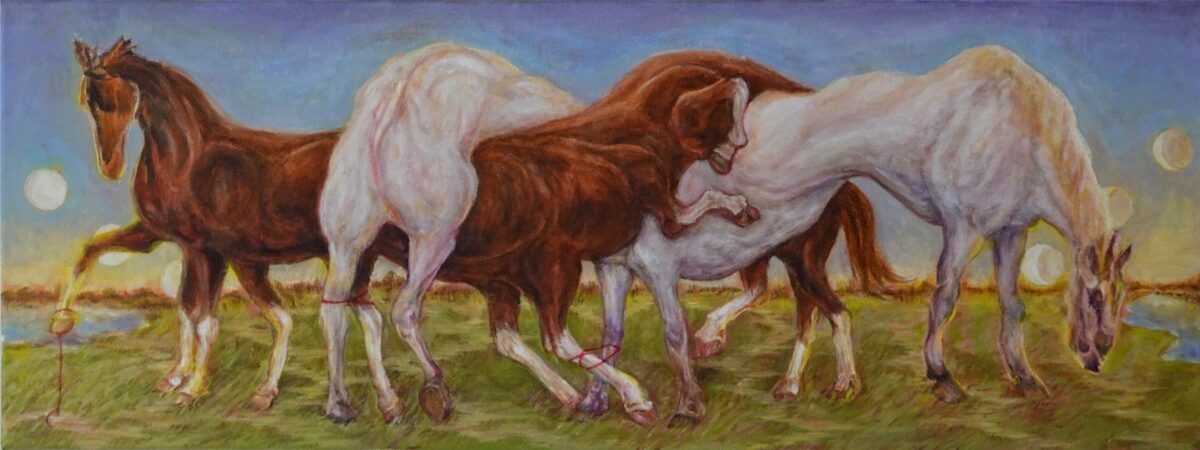
Chaoming’s creative breakthrough happened while studying at the Royal College of Art. Her work focuses on projection and embodiment in relation to feminist theories, reinterpreted myths, and traumatic memories.
Among her most striking motifs is the “Pseudo-horse.” According to Chaoming, horse culture, from east to west, reflects not only a noble lineage but also an evocative of past glories and a conduit for changing socio-political narratives. Defying the traditional pursuit for perfection in horse breeding, which is similar to Plato’s concept of an ideal form, she instead creates distorted, deformed, or deconstructed equine figures. Some of her works seem to be referencing the historical event about the death of suffragette Emily Davison, who was trampled by the horse of King George V at the 1913 Derby—a time of tragic and radical transformation.
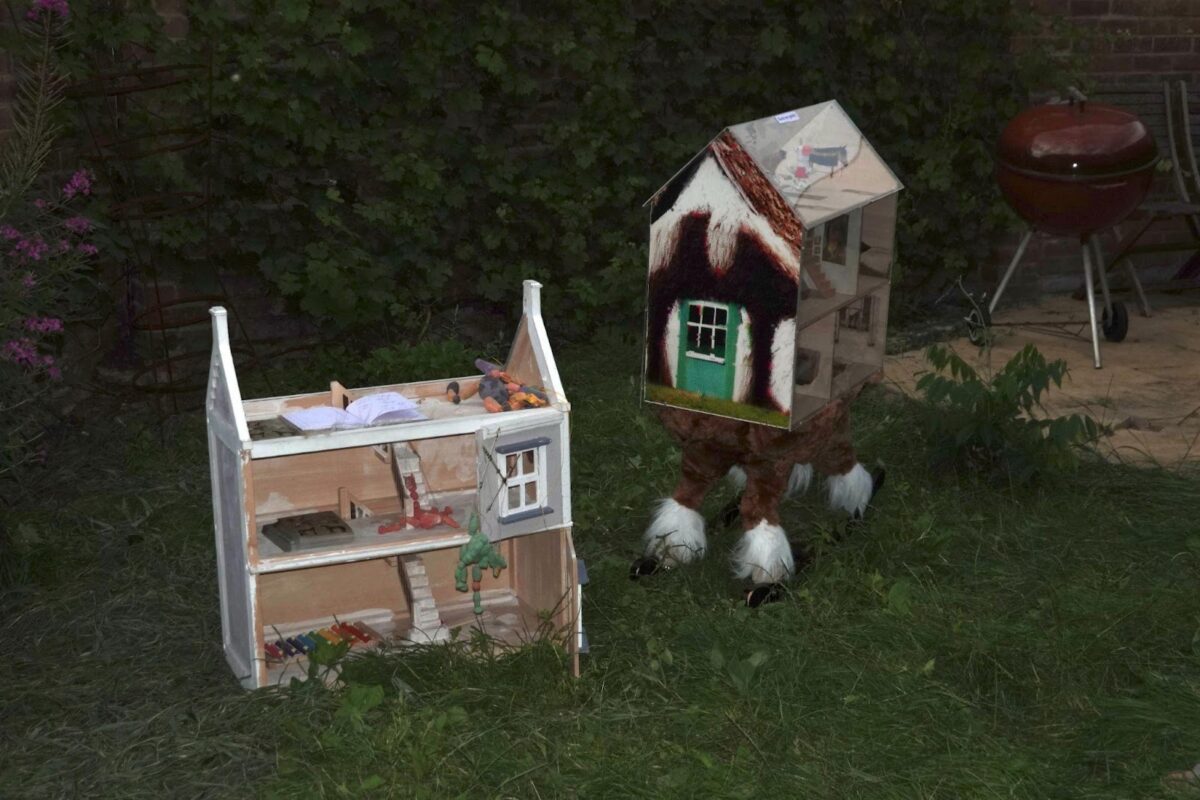
The fascination with the “pseudo” is further demonstrated by her utilisation of purposeful mistakes made by both human labour and artificial intelligence. Chaoming has been researching and also incorporating faulty images and jumbled dialogue produced by early GAN networks and chatbots in her works, such as her installation series “She glanced back at me before vanishing into the crimson purple woods” (2022), or “Odyssey of A Beautiful Mess” (2023), which also consists of etching prints, handmade puppet sculptures, UV print and laser-cut and engraved lithographs on acrylic. She views AI’s errors as a mimicry of reality, yet fundamentally anti-realistic due to its opaque algorithmic nature. “There is no formula,” she comments, “it might be different ambiguous collections of concepts, perceived as absurdities by humans.”
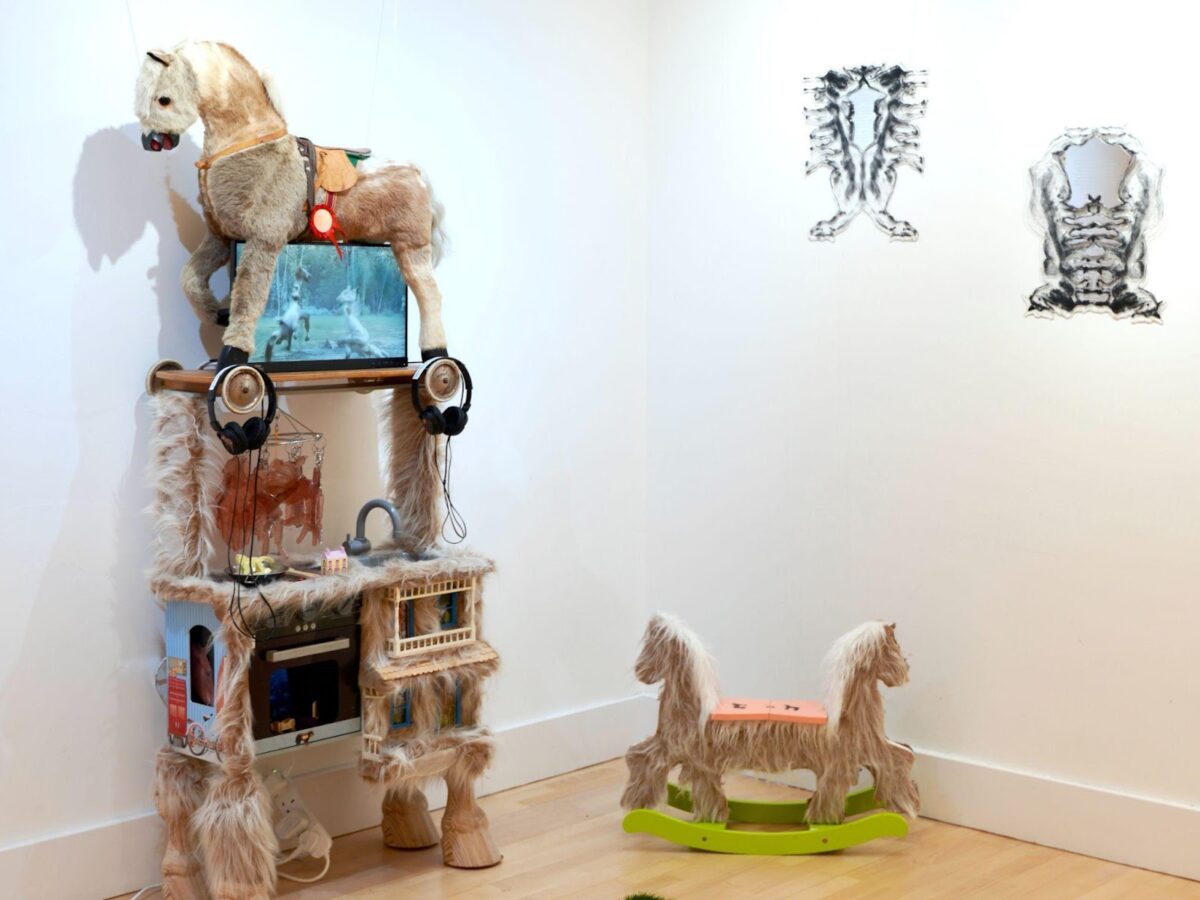
Chaoming’s use of mediums is both spontaneous and expansive, incorporating printmaking, oil painting, ceramics, traditional puppetry, and digital coding. The material and symbolic dimensions of her work are inseparably linked, each piece a subversion of traditional norms.
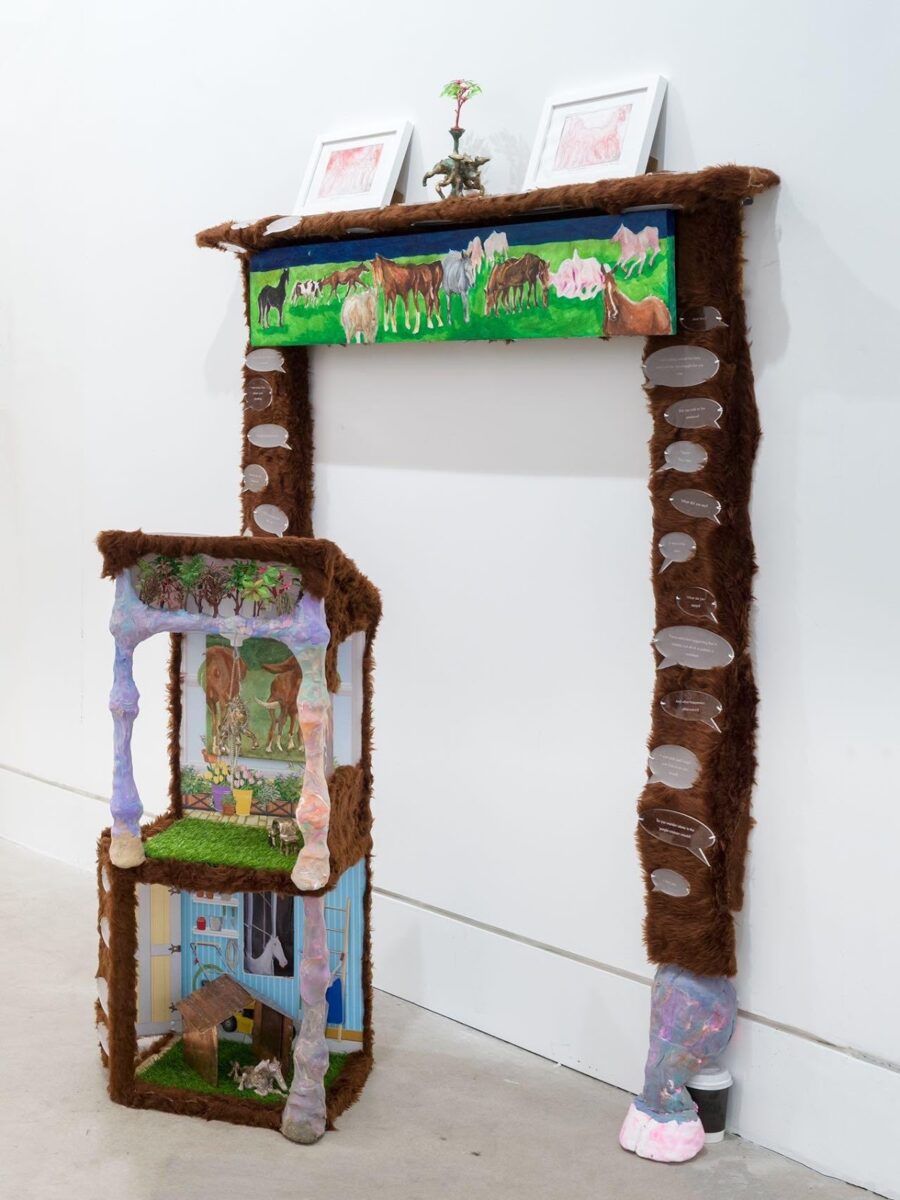
The ability of Chaoming’s works to contextualise their subjects—whether real or imagined—is exceptional. These wild mutations, suggestive of a “prolonged childhood dream” and a discreet retaliation against the myths of a bygone period, blend together as light flickers and colours fluctuate. Her set designs, rich in narrative quality, revealing traces of feminist science fiction. Her work investigates equivocal structures to frame the epilogues of her stories, alluding to the topic of the “pseudo” as a fictional form of reality. In an effort to reassemble the conscious and unconscious components of storytelling, Chaoming has also held a number of medium-scale workshops in art events around London. Visitors are invited to make small clay sculptures or puppets, while sharing with each other stories about their fear and attachment in childhood memories.
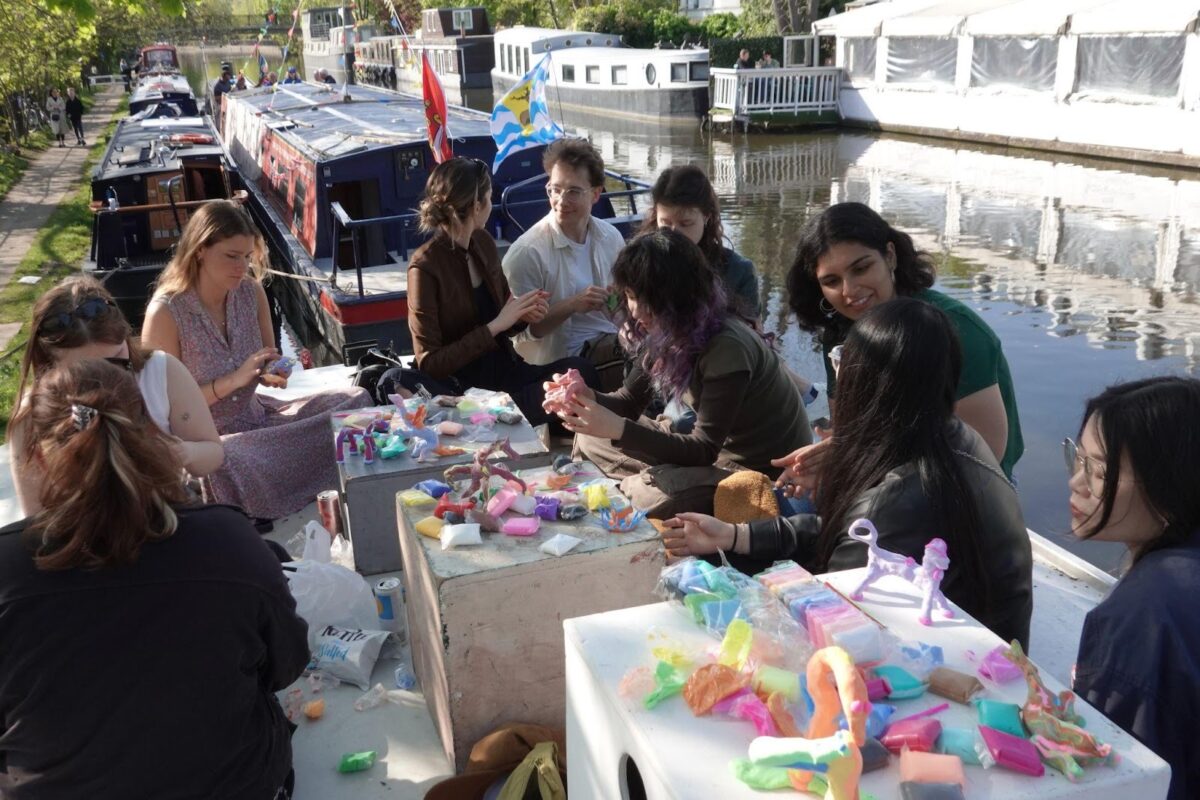
Describing herself as a” shapeshifting bard”, Chaoming Zheng skillfully weaves together sentimental recollections, harsh realities, fantastical literature, and quiet but steadfast resistance in her works. The multifaceted artistic journey is a genuine, open, and unvarnished contemplation that connects her own experiences while deeply resonating with the audience. Together, these elements converge to create a truly unique symphony.
All photos © Chaoming Zheng.
